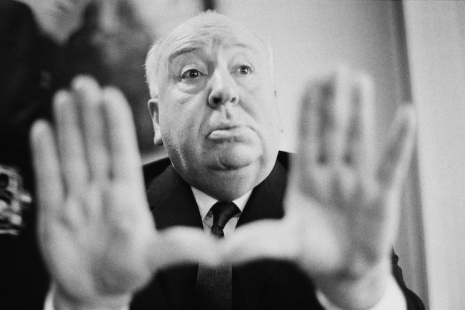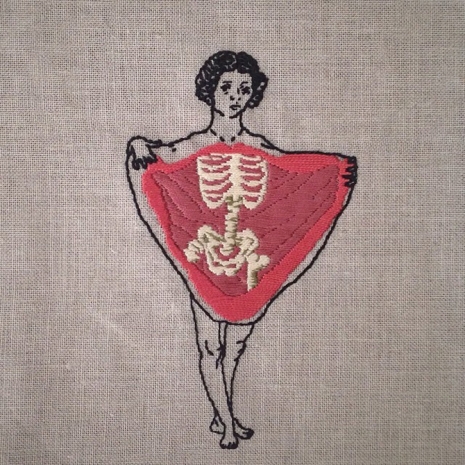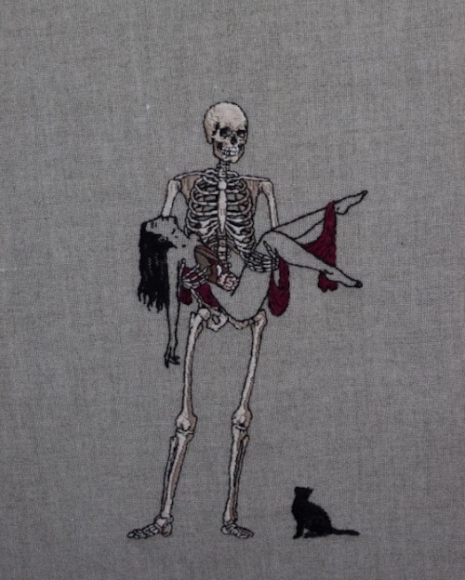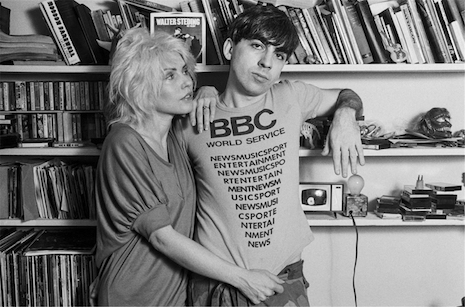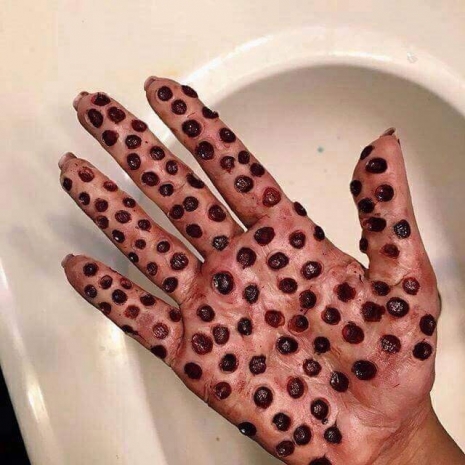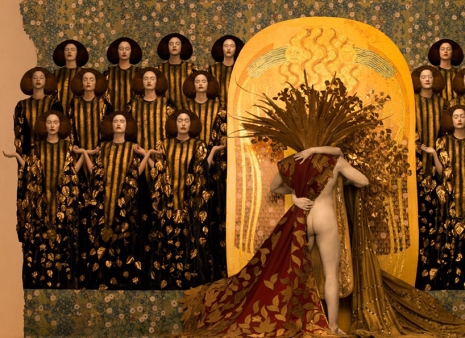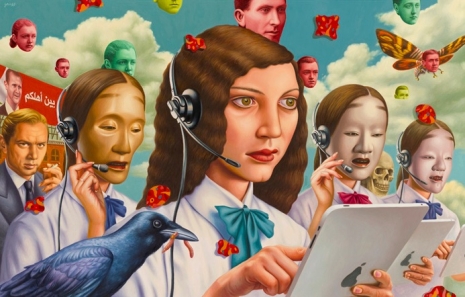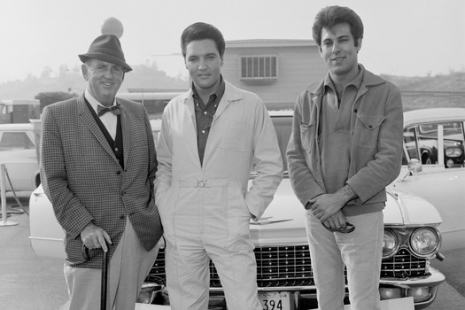
Col. Tom Parker, Elvis Presley and Larry Geller on the set of ‘Spinout’ (via Bodhi Tree.com)
In the spring of 1964, Elvis’ hairdresser, Larry Geller, introduced him to the teachings of Paramahansa Yogananda. The founder of the Self-Realization Fellowship had a lasting impact on Elvis, who often visited the SRF’s Mt. Washington headquarters and Pacific Palisades retreat during his Hollywood years, and developed a close relationship with Yogananda’s successor, Sri Daya Mata.
Priscilla did not welcome the arrival of cosmic consciousness in her life with the King:
Larry was a total threat to us all. He would spend hours and hours and hours with Elvis, just talking to him, and he wasn’t anything that Elvis represented; he didn’t represent anything that Elvis had believed in prior to that time… [Elvis] read books studiously for hours and hours. He had conversations with Larry for hours and hours — he was going on a search for why we were here and who we were, the purpose of life; he was on a search with Larry to try to find it. You know, Larry would bring him books, books, books, piles of books. And Elvis would lay in bed at night and read them to me. That was the thing when you dealt with Elvis: if he had a passion for something, you had to go into it with him and show the same love he had for it. Or at least you had to pretend to.
Of course, these new enthusiasms were amplified by Elvis drugs. Not acid, so much—during the one trip Geller and Elvis took together, they ordered pizza and watched The Time Machine on TV—but friends observed troubling interactions between the King’s diet pills and his Kriya Yoga practice. From the second volume of Peter Guralnick’s Elvis biography:
He felt a new serenity in his life. To the guys it seemed more like madness, and they felt increasingly alienated, resentful, bewildered, and angry all at once. Elvis appeared to be leaving them with his almost daily visions, his tales of going off in a spaceship, his delusions of being able to turn the sprinkler system of the Bel Air Country Club golf course behind the house on and off with his thoughts, his conviction that he could cure them of everything from the common cold to more serious aches and pains by his healing powers.
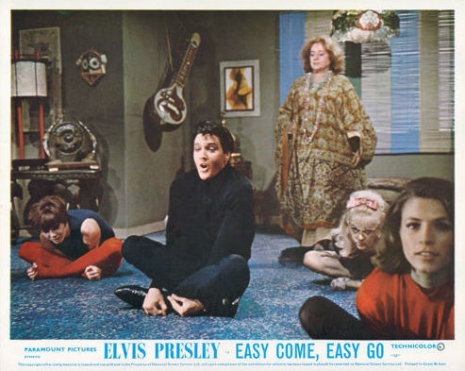
Geller’s spiritual counsel did not endear him to Colonel Tom Parker. Guralnick reports Larry’s contention that one terrible number in 1967’s Easy Come, Easy Go was a clear message from the King’s manager:
The inclusion of the musical number “Yoga Is As Yoga Does,” which Elvis performed as a duet in Easy Come, Easy Go, was no accident, Larry felt, but intended, rather, as a direct insult to Elvis’ (and Larry’s) beliefs — but Elvis went ahead and recorded it anyway. Only after the scene in which it was included was shot did Elvis finally react. It was then, in Larry’s account, that Elvis “stormed into the trailer, shouting, ‘That son of a bitch! He knows, and he did it! He told those damn writers what to do, and he’s making me do this.’”
More after the jump…







